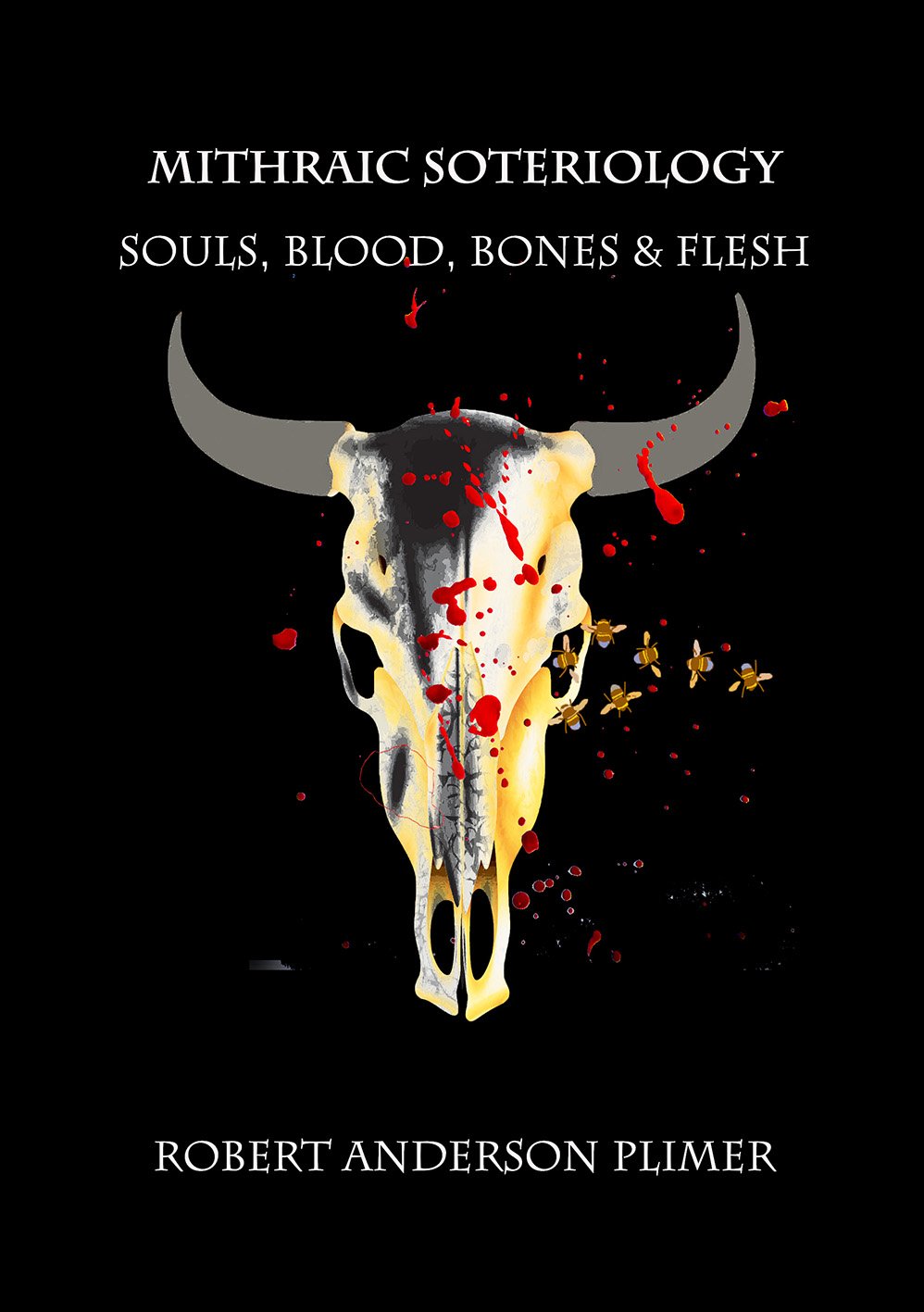 Image 1 of
Image 1 of


Mithraic Soteriology: Souls, Blood, Bones & Flesh
by Robert Anderson Plimer
In this tour de force, Robert Plimer offers the reader an in-depth analysis of the meaning and function of the Mithraic ‘cave’ (De Antro), otherwise a Mithraeum, in which takes place the embodiment of the human soul within the kosmos. The author provides a wide-ranging discussion on the ancient historical sources, including an analysis on the importance of Porphyry’s Neoplatonic hyponoia based on Homer’s ‘Cave of the Nymphs’.
This, along with a comprehensive study of the iconography is used to explain how Mithraic narratives reflect the initiate’s own experience within the grade system. Plimer is keen to emphasise that the initiate’s own teleology is structured on a subtle ontological and soteriological framework.
by Robert Anderson Plimer
In this tour de force, Robert Plimer offers the reader an in-depth analysis of the meaning and function of the Mithraic ‘cave’ (De Antro), otherwise a Mithraeum, in which takes place the embodiment of the human soul within the kosmos. The author provides a wide-ranging discussion on the ancient historical sources, including an analysis on the importance of Porphyry’s Neoplatonic hyponoia based on Homer’s ‘Cave of the Nymphs’.
This, along with a comprehensive study of the iconography is used to explain how Mithraic narratives reflect the initiate’s own experience within the grade system. Plimer is keen to emphasise that the initiate’s own teleology is structured on a subtle ontological and soteriological framework.
by Robert Anderson Plimer
In this tour de force, Robert Plimer offers the reader an in-depth analysis of the meaning and function of the Mithraic ‘cave’ (De Antro), otherwise a Mithraeum, in which takes place the embodiment of the human soul within the kosmos. The author provides a wide-ranging discussion on the ancient historical sources, including an analysis on the importance of Porphyry’s Neoplatonic hyponoia based on Homer’s ‘Cave of the Nymphs’.
This, along with a comprehensive study of the iconography is used to explain how Mithraic narratives reflect the initiate’s own experience within the grade system. Plimer is keen to emphasise that the initiate’s own teleology is structured on a subtle ontological and soteriological framework.




